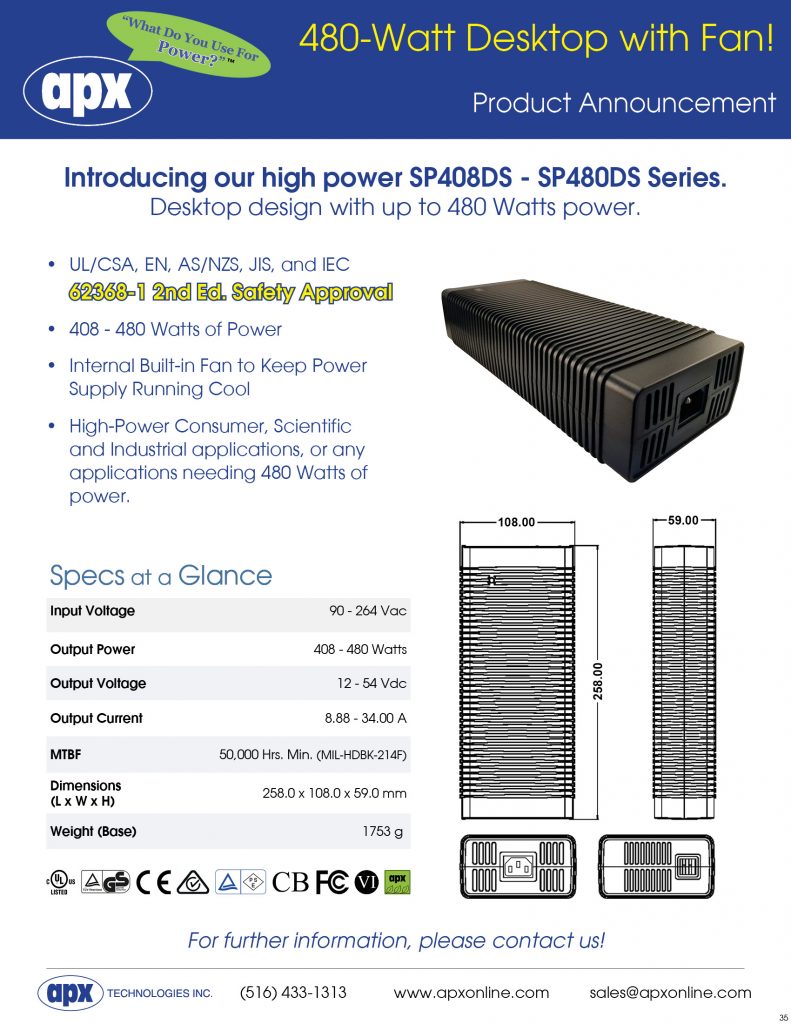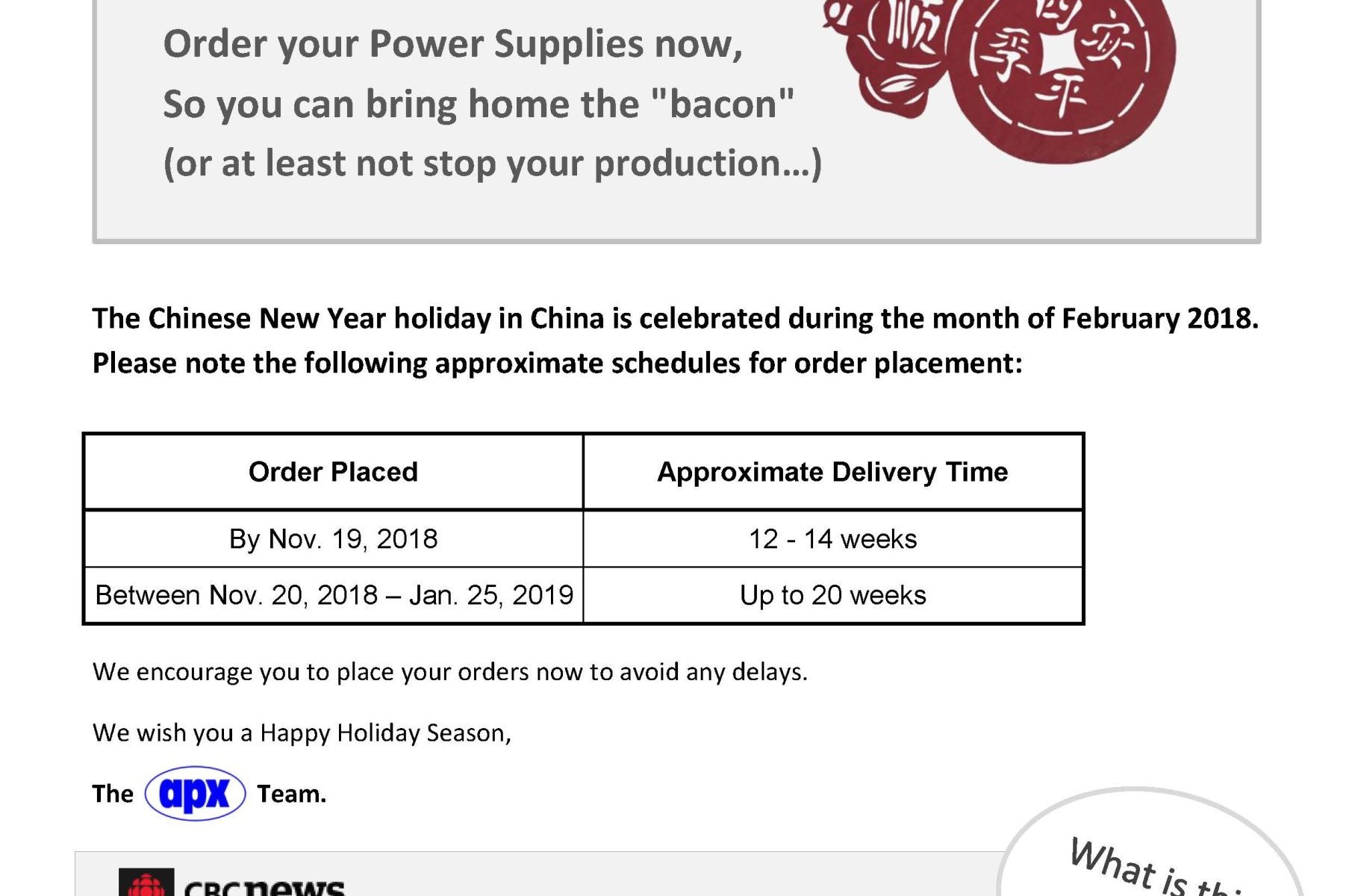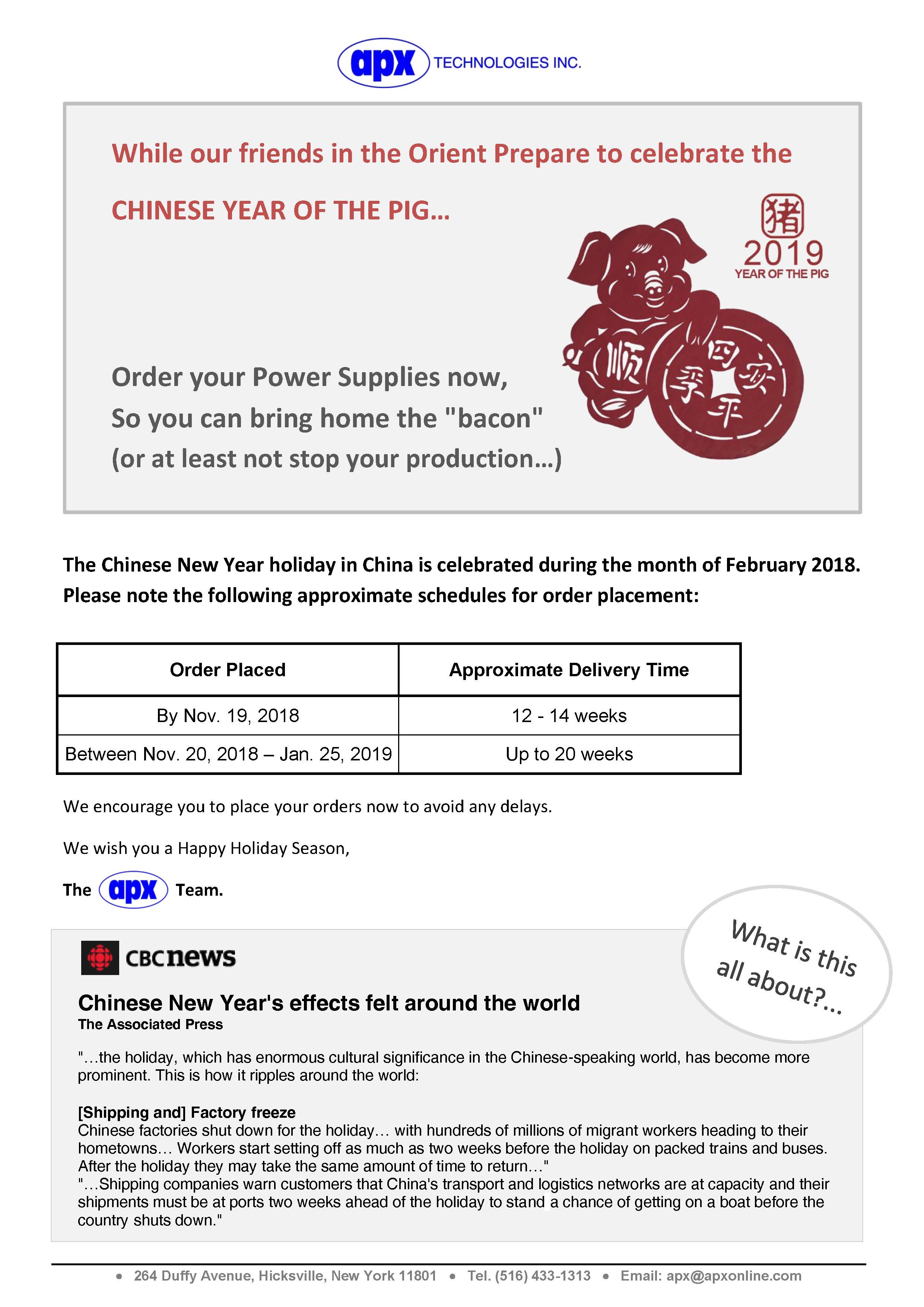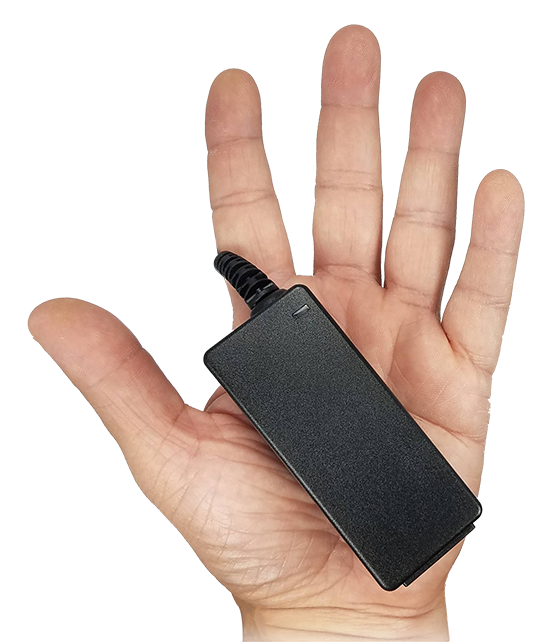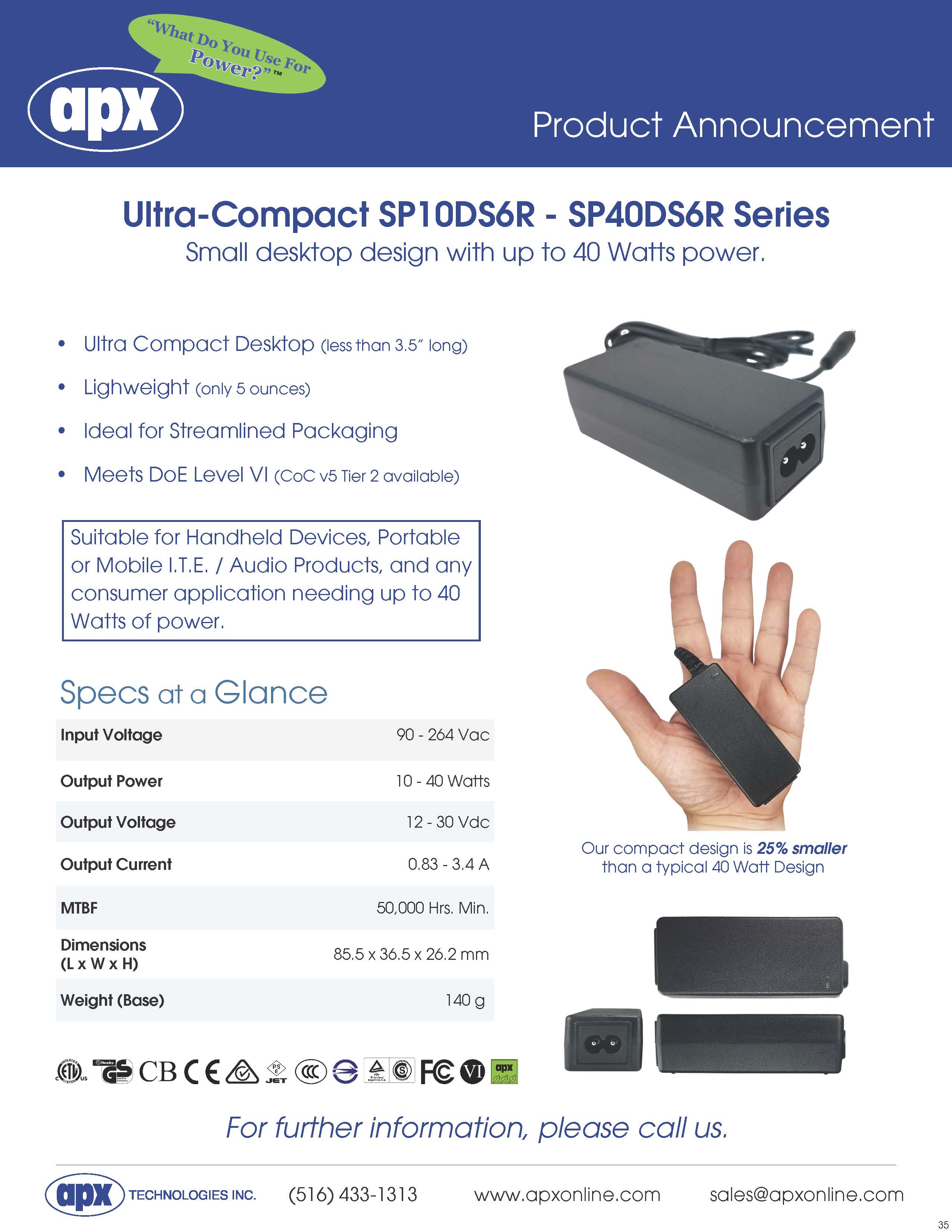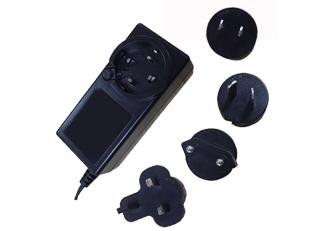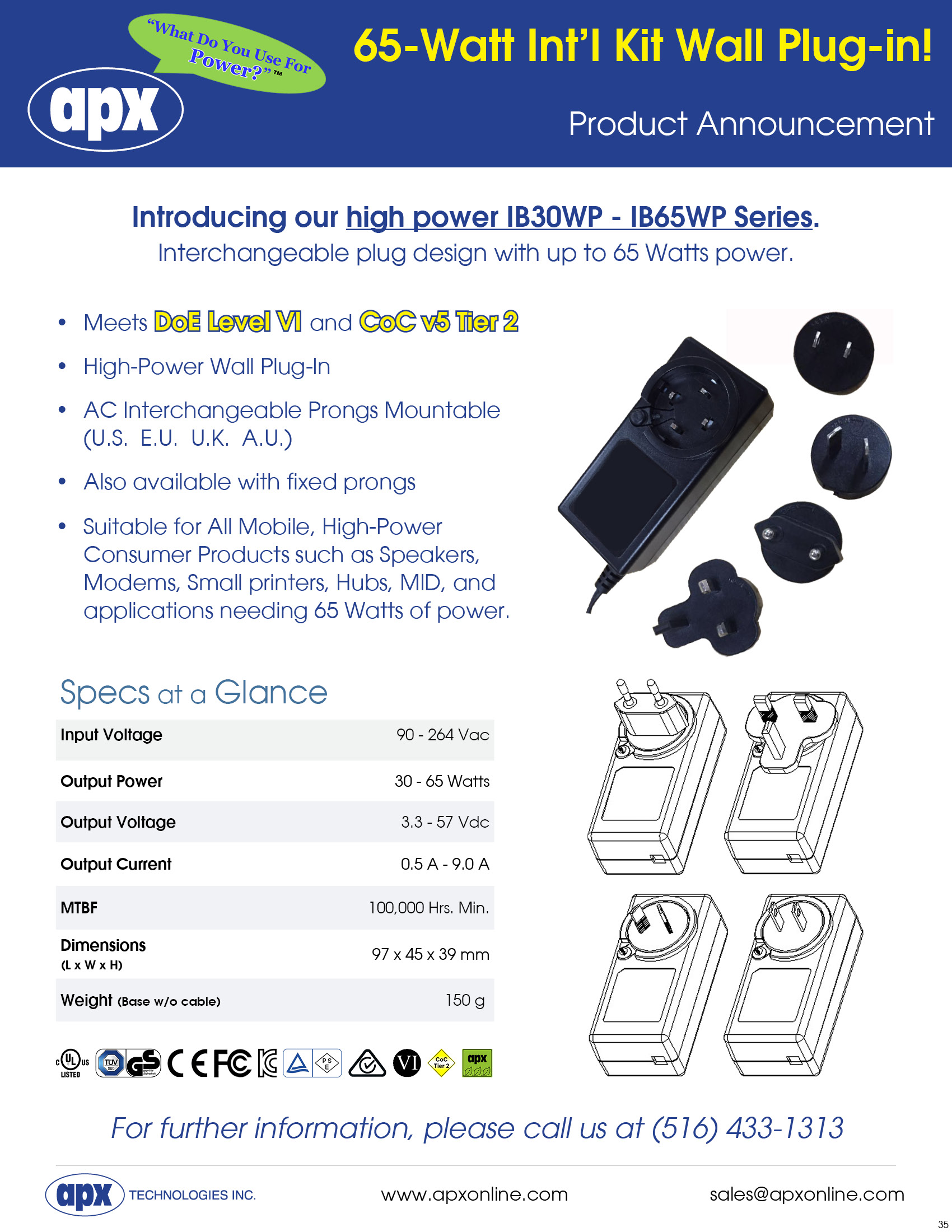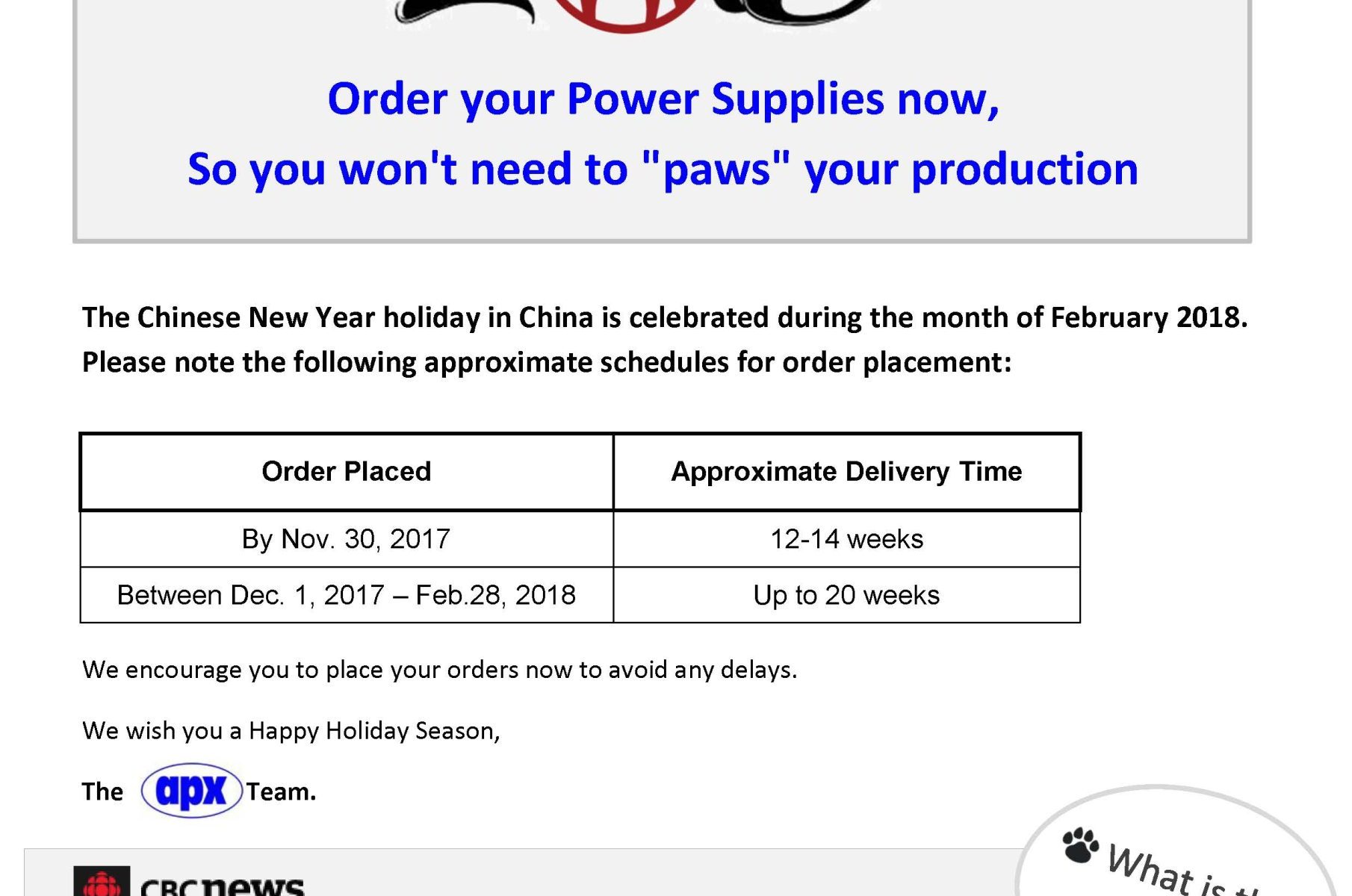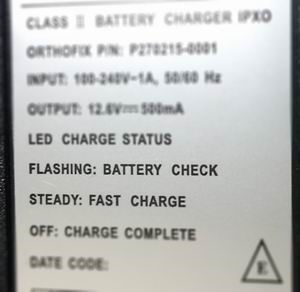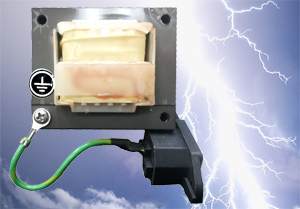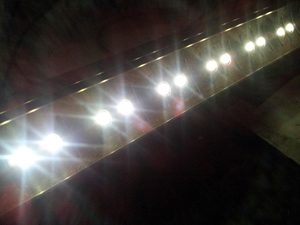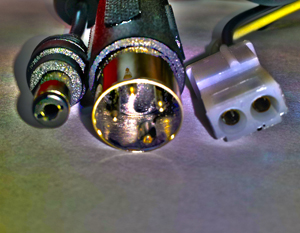
There are many styles of output connectors used in today’s power supplies.
Two of the most commonly used output connectors are the female barrel and male DIN. They are economical, widely available, and a good choice for many power supplies. However, there is a tendency to use them in applications which exceed the contact ratings.
For example, the female barrel has a generally accepted maximum rating of 5 Amps, yet they seem to appear on supplies rated up to 10 Amps. Running the connector at this current will eventually cause damage to the contact area, or to the overmold, due to heat issues. So for maximum reliability, we recommend no more than 5 Amps.
The male DIN connector is another popular style, and is available with 3 – 8 contacts which are rated for 3 Amps maximum per contact. Typically, on a single output supply, two or three of the contacts are wired to the positive output, and the remaining contacts are wired to the AC ground, DC Return and shell. This distributes the current between all the contacts so the 3 Amps maximum is not exceeded.
When higher output power is required, we recommend the power Mini-DIN connector, which is available in three and four contact versions, and have a 7.5 Amps maximum rating.
Another widely used connector is the locking Molex, which can be supplied with contact ratings up to 12 Amps.
In summary, a conservative approach when choosing an output connector will pay dividends in providing long and reliable power supply operation.

